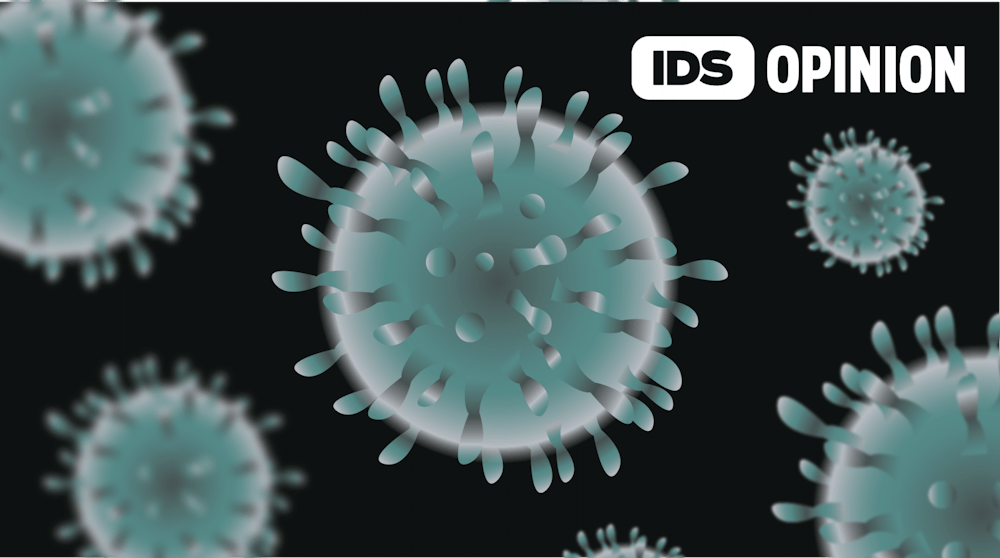The U.S. currently leads the world in COVID-19 cases, with over 2.6 million recorded cases since March. Across America, governors have begun to implement phases for businesses to reopen. Despite public pressure for life to return to normal, COVID-19 cases have surged across the country.
The American response has been inconsistent since the first COVID-19 related death was recorded in March, with differing stay-at-home orders and reopening policies among the states. The severity of COVID-19 in the United States reveals significant flaws in the American employment-based health care system.
Although the pandemic is far from over, industrialized countries that provide universal health care have performed better than the U.S. in curtailing the virus and flattening the curve. Comparing COVID-19 rates among countries with universal health care against rates in the U.S. reveals the need to implement a single-payer system.
Great Britain provides universal health care to its citizens through the National Health Service. British citizens enroll automatically into the system and receive free health care with the option to supplement through private insurance. According to Johns Hopkins, Great Britain has just over 314,000 cases and a per capita basis of 4,606 per million, much lower than the American per capita rate of over 8,000 per million.
Canada provides universal health care for its citizens through a public option funded by its municipal and central governments. Despite its geographic proximity to the United States, Canada has only diagnosed 68,000 cases and a per capita rate of only 2,100 per million.
The United States, despite boasting the world’s largest annual GDP, remains one of the few industrialized countries not to provide universal health care for its citizens. The American health care system relies largely on employment coverage, with over 55% of Americans receiving their health insurance through their line of work.
COVID-19 continues to decimate the American economy. Between March and April 2020, as cases surged nationwide, unemployment rose from 4.4% to a staggering 14.7%. Although American unemployment shrank to 13.3% in May, the Chair of the Federal Reserve Bank Jerome Powell warns that the American economic recovery will face a bumpy road.
In June, Powell said in a press conference that this will be a long road: “depending on how you count it, well more than 20 million people displaced in the labor market. It’s going to take some time.”
The American economy and COVID-19 rates have an inverse relationship. As COVID-19 cases rise, the American economy slips further and unemployment climbs. Here lies the catch: As the pandemic worsens, the number of uninsured Americans climbs due to increased unemployment rates.
Although the failures of the U.S. to contain and limit the spread of COVID-19 does not solely lie with our lack of universal health coverage, the fact that Americans may incur insurmountable debt due to COVID-19 is an embarrassment to the economic success the U.S. has achieved in recent years.
Sam Hauke (he/him) is a senior studying law and public policy with minors in history and business.




